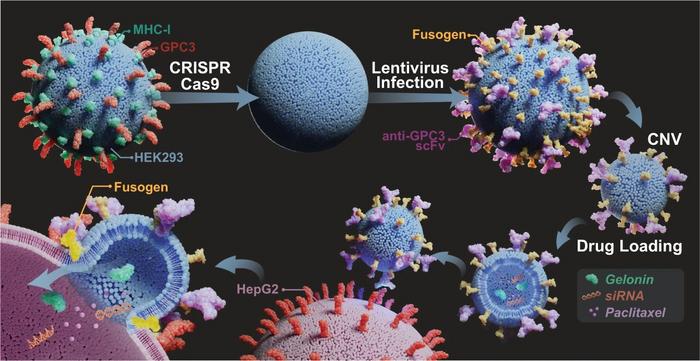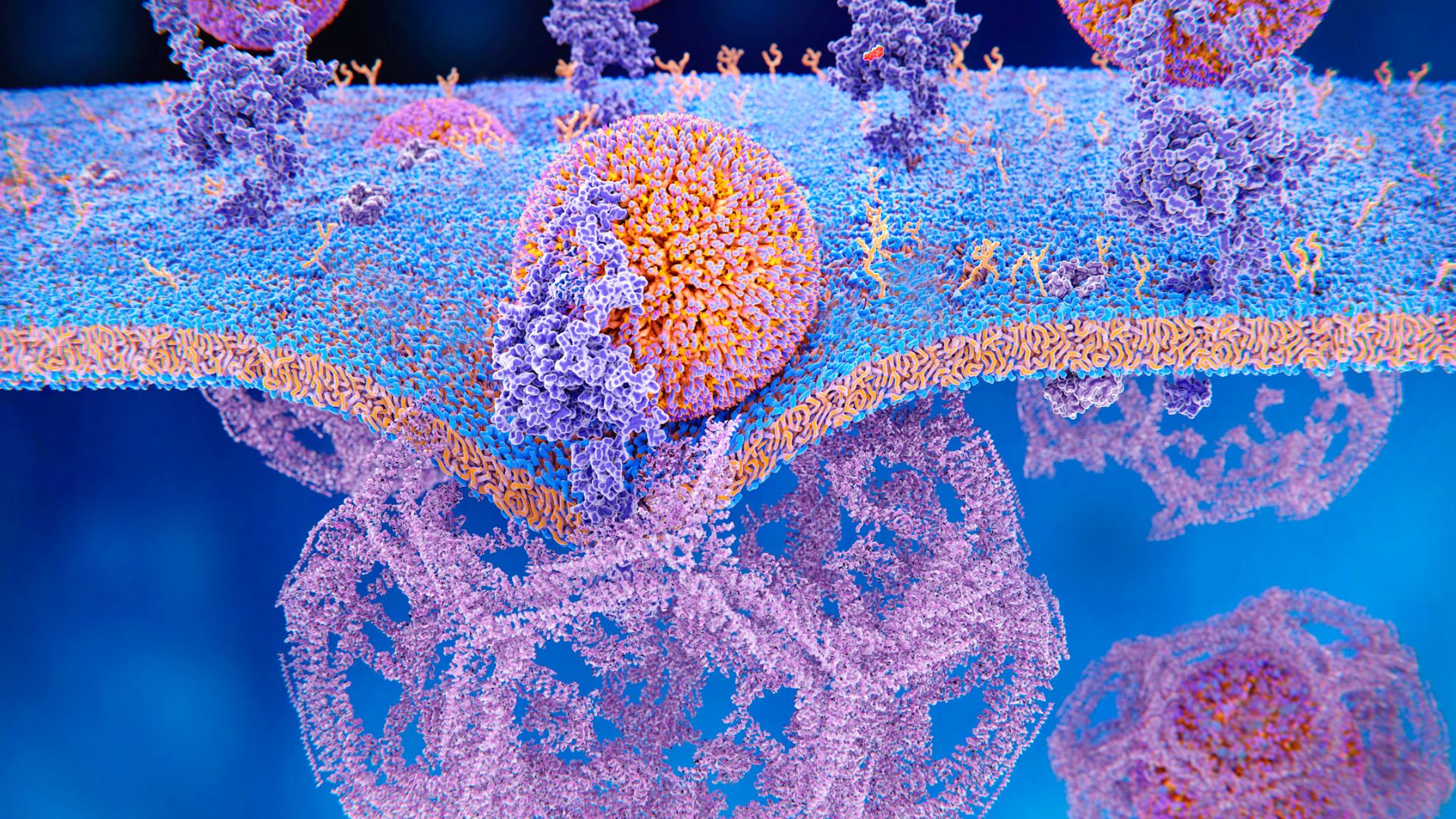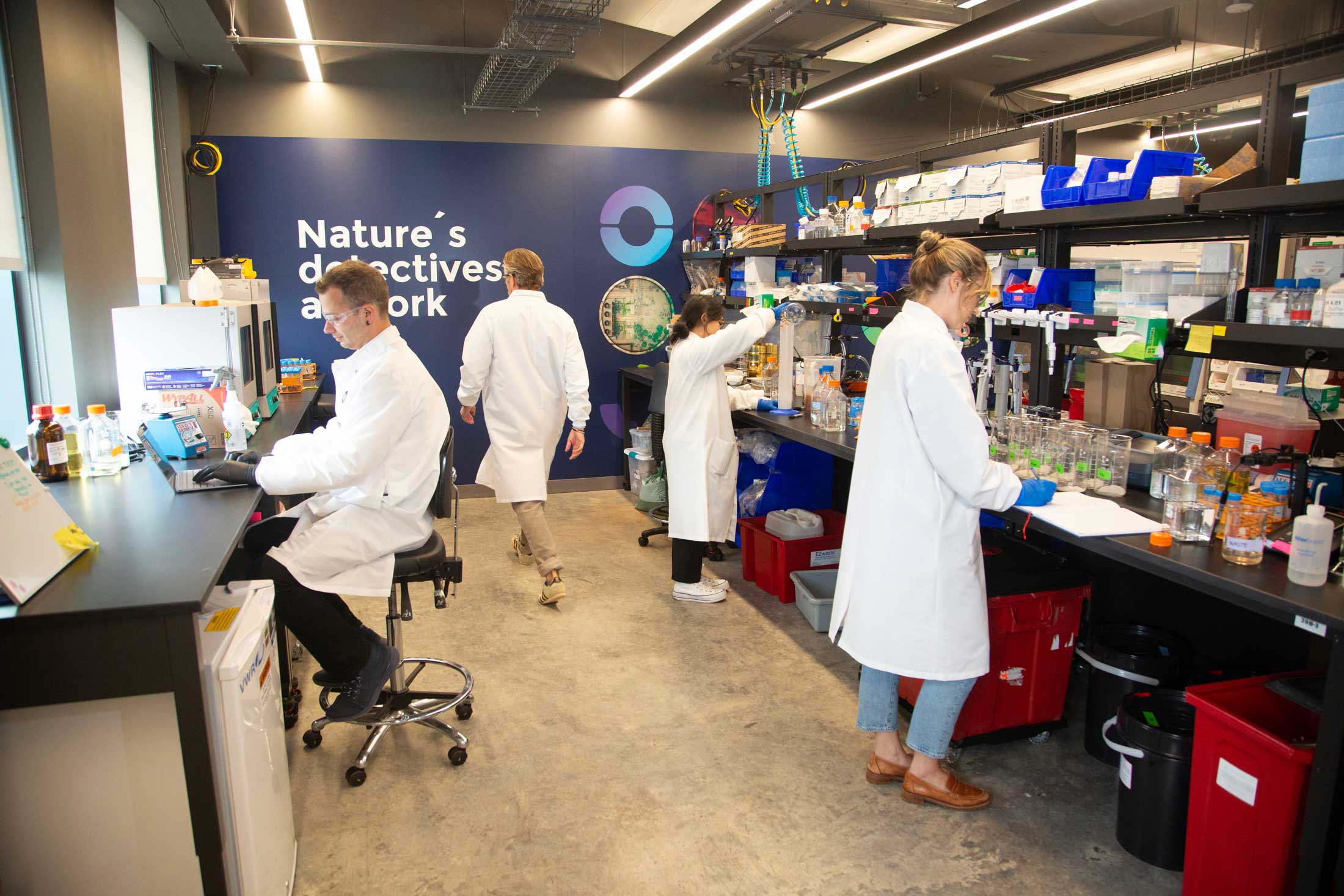Nanovesicles: The Tiny Sacks Engineered to Target Cancer Cells
Gone might be the days of toxic chemotherapies, as Binghamton University pioneers a safer, targeted method using nanovesicles
Aug 19, 2023
Science Photo Library (Canva)
In the ever-evolving fight against cancer, researchers are constantly searching for innovative ways to target malignant cells without harming the healthy ones. A team of biomedical engineers at Binghamton University, State University of New York, has potentially found a groundbreaking method to do just that.
Nanovesicles: The Next Big Thing in Cancer Treatment?
Chemotherapy, while effective, has a major downside: it doesn't differentiate between the good and bad cells. Plus, many therapeutic agents struggle to penetrate cancer cells, reducing their efficacy. Enter nanovesicles. Think of them as microscopic sacks made up of proteins, lipids, and RNA that cells use to communicate. Now, what if we could engineer these to directly deliver drugs to cancer cells?

Yuan Wan, an assistant professor at Binghamton University, can't help but rave about these tiny carriers. “These nanocarriers boast some impressive features,” Wan highlighted. They come from human cell strains, leading to a minimal immune response. This ensures they mesh well with our biology, evading immune detection and prolonging their stay in the blood. “The potential here is enormous. These drug-packed nanovesicles have a better chance of being absorbed by cancer cells than free-flowing drugs.”
But the benefits don't end there. Once absorbed by cancer cells, the high concentration of the drugs within the nanovesicles can effectively eradicate the malignant cells. "In contrast, regular drugs can dissipate rapidly, leaving only a minuscule amount to reach the tumors. Upping the dosage might seem like a solution, but that also cranks up the toxicity," Wan pointed out.
The Binghamton team's recent findings, unveiled in Nature Communications, showcase their work on engineered viral fusogens and targeting moieties. These proteins enhance cancer targeting and promote the merging of cell membranes. The magic happens when these elements work together, allowing encapsulated drugs to zero in on cancer cells, leaving the healthy ones untouched.
The FDA, Nanocarriers, and the Future
While the FDA has given the nod to nanocarriers known as polymer-decorated liposomes, they aren't without flaws. Wan chimed in, saying, “Although these are FDA-approved, they lack cancer-targeting abilities and can sometimes provoke the immune system.”
Wan's endeavors in this field aren't new. In 2021, a generous $2.4 million grant from the National Institutes of Health landed in his lap. The goal? To discern if solitary pulmonary nodules detected in human lungs were benign or malignant using plasma-derived extracellular vesicles. Current methods are either too sluggish or too invasive.
Building on that funding, this fresh research leverages nanovesicles, making them work to our advantage with precision targeting. In an ideal world, medics could craft these nanovesicles for safer vaccine distribution and cutting-edge genetic engineering.
Peering into the horizon, Wan is ambitious yet pragmatic: “Our next steps? Proving their potency in larger animal models and showing that we can achieve more with less. Fewer vesicles and drugs mean reduced treatment costs and milder side effects.”
This innovative approach could be the beacon of hope many have been waiting for in the realm of cancer treatment. As the research progresses, it becomes increasingly evident that the smaller things in life, like nanovesicles, might just pack the biggest punches.


















